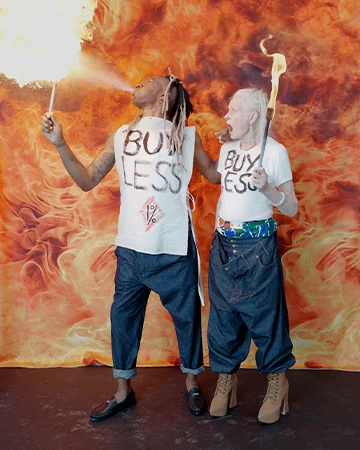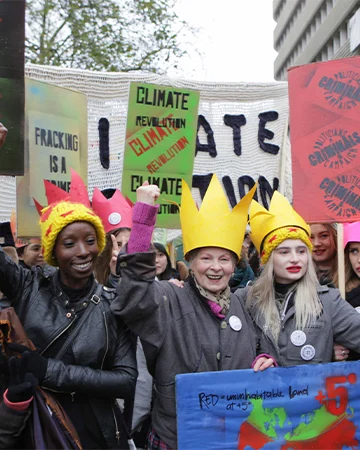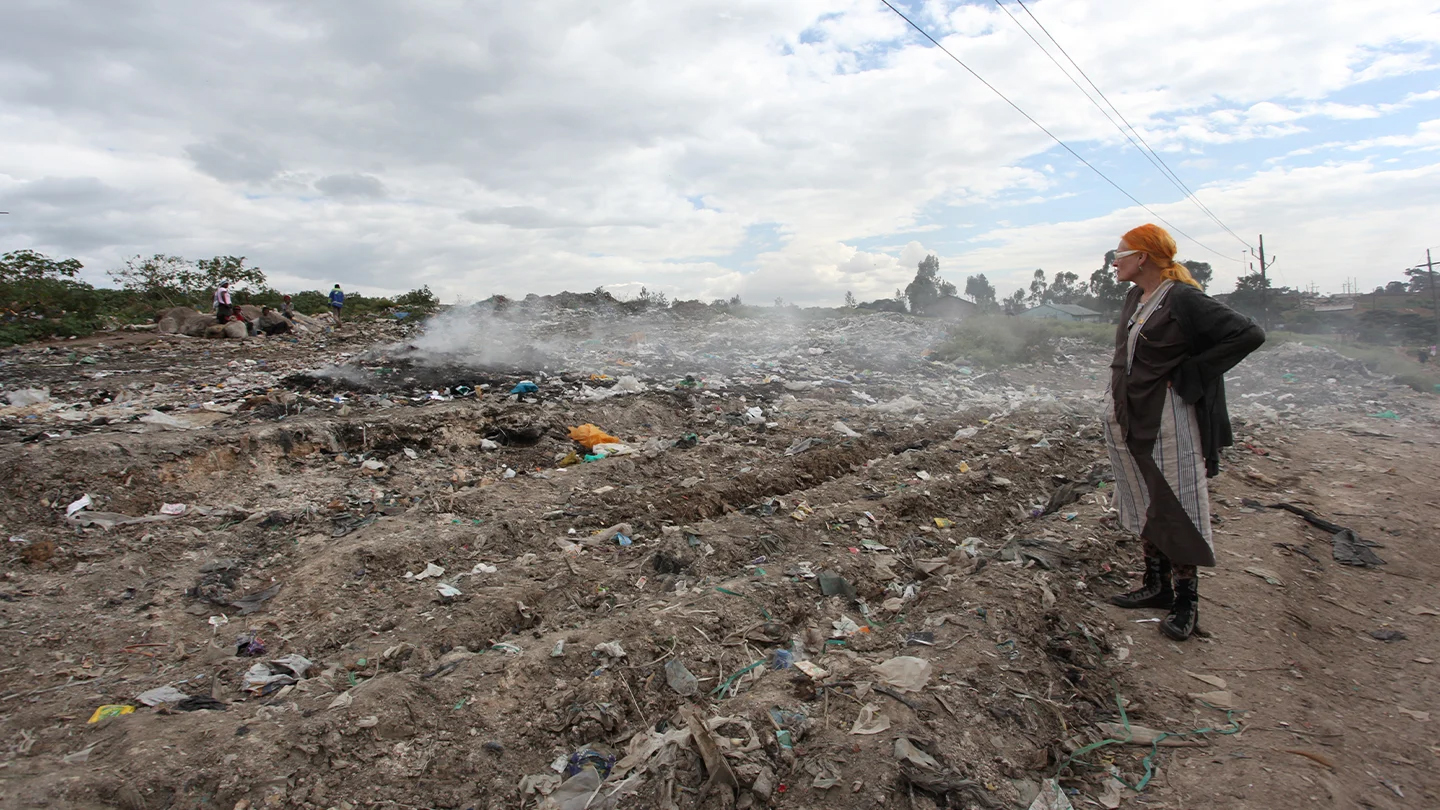5 things CEOs should be executing against
By Mark Hooper
One of the most pressing issues surrounding our industry is the question of sustainability – and our obligation to ensuring that, from CEO level down, brands implement practices that lead to lasting change rather than simply paying lip service or indulging in ‘greenwashing’.
To get a clearer view on best practice, we spoke to two leading experts in sustainability – Tamsin Blanchard, the respected fashion journalist and Special Projects Curator at fashionrevolution.org (who publish a Fashion Transparency Index, ranking the 250 biggest fashion brands, according to their level of public disclosure on human rights and environmental policies, practices and impacts) –and the designer Christopher Raeburn, who oversees his own eponymous label Raeburn as well as acting as global creative director at Timberland.
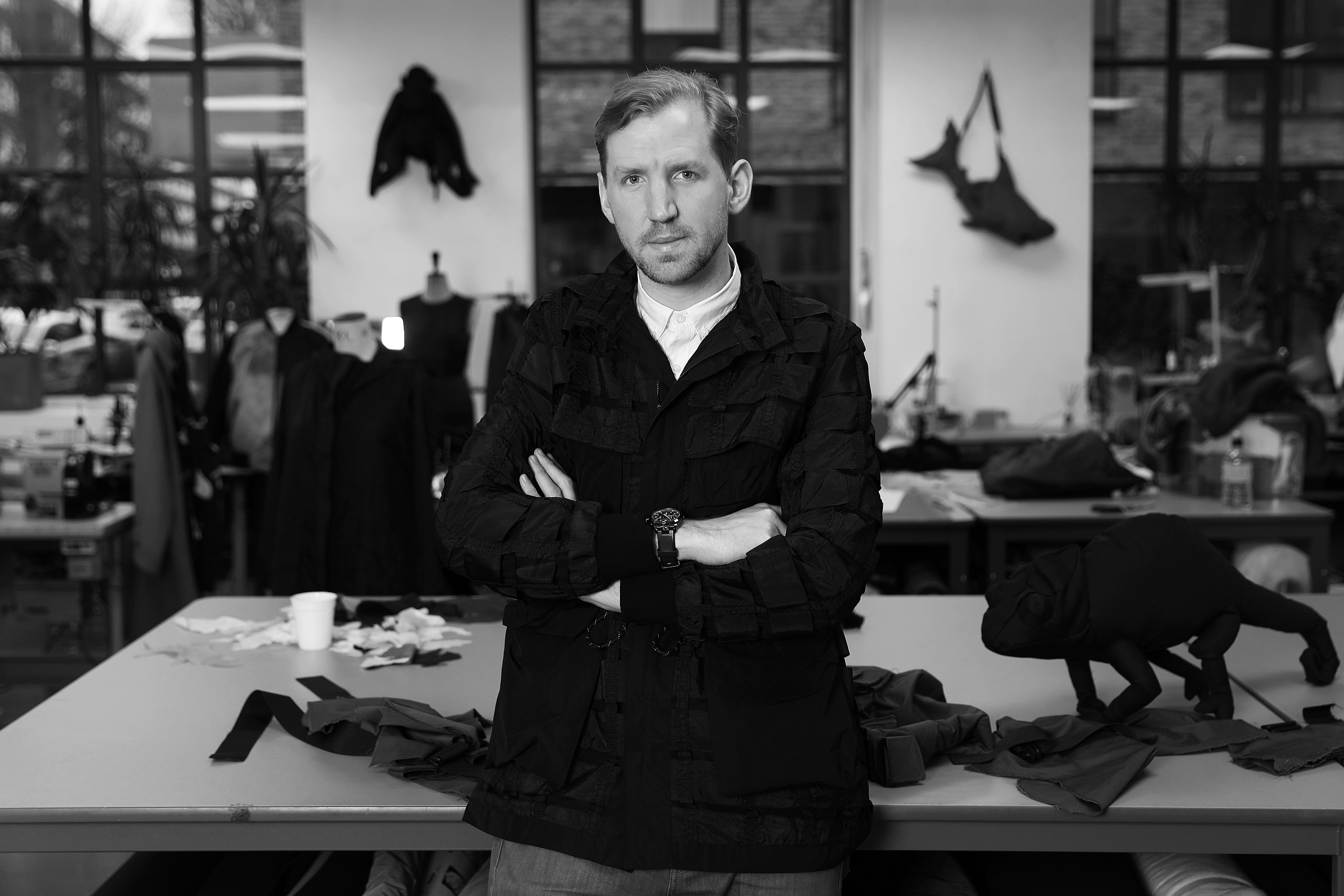
‘80% of a product’s impact is made at the design stage,’ says Raeburn. ‘So if you look upstream from that, you need to be choosing better materials and packaging, and thinking: where are you making it, what are you making it from, how are you making it – to consider what happens next… Essentially you want to be in a situation where you are keeping things in constant circulation – remaking and recycling.’
Takeaways
1. Take responsibility for your supply chain
2. Source raw material that is sustainable
3. Ensure that your end product is recyclable
4. Empower sustainable practice
5. Think holistically
1. Take responsibility for your supply chain
Sustainability and responsibility go hand in hand. Looking ‘upstream’, as Raeburn puts it, entails not only the sourcing of raw materials and suppliers, and investing in the right infrastructure, but also in ensuring you are acting in a transparent and responsible manner towards all those you employ both directly and indirectly in the supply chain.

‘Brands need to know where and how their cotton is farmed, for example,’ says Blanchard. ‘Can they trace their raw materials, and can they guarantee they are not supporting exploitation of other humans in their process? How much are their workers, including the farmers, spinners, weavers, seamstresses, warehouse packers paid? Is it a living wage? How does that equate to their own wages? What about their factories? Are they safe for the people who work in them? They might not own the factory but they rely on them to produce their clothes so they need to be sure the workers are being paid fairly, and not being forced to do overtime because they are pushing down their prices.’
2. Source raw material that is sustainable
Raeburn picks up on Blanchard’s point about raw materials. ‘Unfortunately, what we do as an industry is we take poly – or nylon and cotton – we mix and blend them and you still cannot extrude that, at scale, at all,’ he says. ‘If the CEO can simplify their material choices, then I would say that’s a really good first step, because then whatever happens down the stream, we’ll be in a much better position to deal with that product when it comes to the end of its life.’
As Blanchard points out, this is a multi-faceted question. ‘Are they using virgin polyester or plastic in their clothes? How do they justify using fibres made from fossil fuels? Are they investing in research and development of new regenerative fibres? What about the massive problem of microfibers, which are polluting the oceans? Do they take responsibility for that?’
3. Ensure that your end product is recyclable
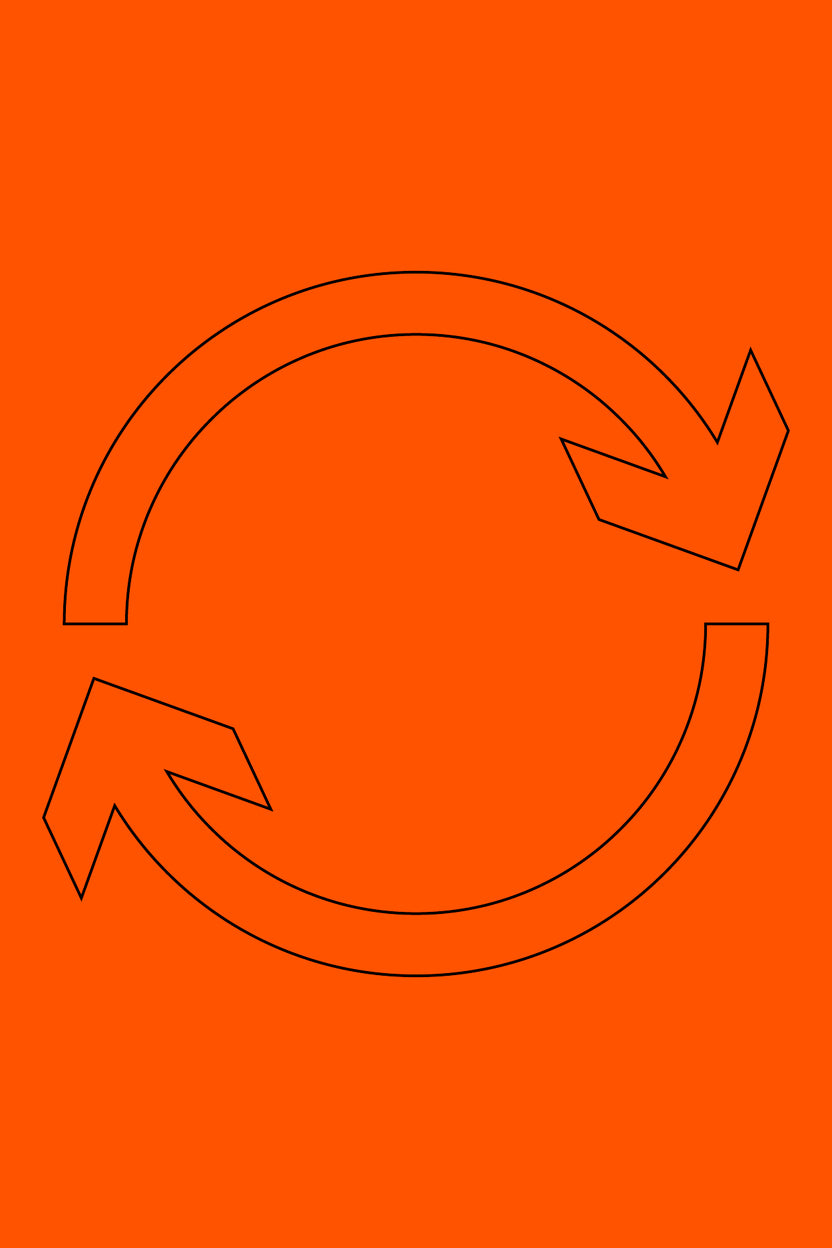
Of course, there is a responsibility not simply to use sustainable and ethically-sourced raw materials, but also to consider the entire lifecycle of your product: where does it end up? Blanchard reels off the questions CEOs need to ask themselves: ‘How much clothing are they producing? Is it too much? Are they left with too much stock at the end of the season? What do they do with it? How can they justify making unnecessary stuff in terms of precious raw materials used, and unwanted product that might end up in landfill or in a market in Africa where nobody wants it either? Do they offer repairs? Can they take the garment back at the end of its life and recycle it?’
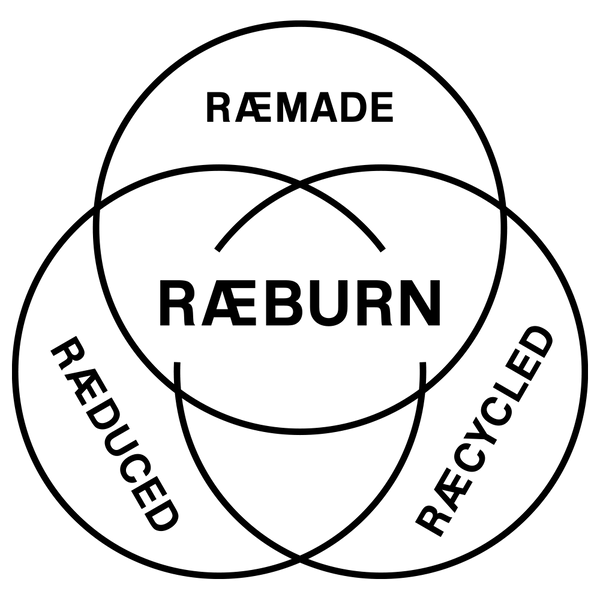
This is something that Raeburn has made a central pillar of his brand. ‘Within Raeburn, we talk about the Three Rs – ‘Ræmade, Ræduced and Ræcycled’ – and what that really means is making products from something existing; and in trying to make that thing infinitely repairable, so we offer free repairs for life, so it’s enduring; we’ve reduced the impact of manufacturing by using natural materials that in theory can go back to the earth (complete transparency: we’re not quite there yet, but in theory); and then making things that are not only recycled but also recyclable – so thinking in terms of circularity.’
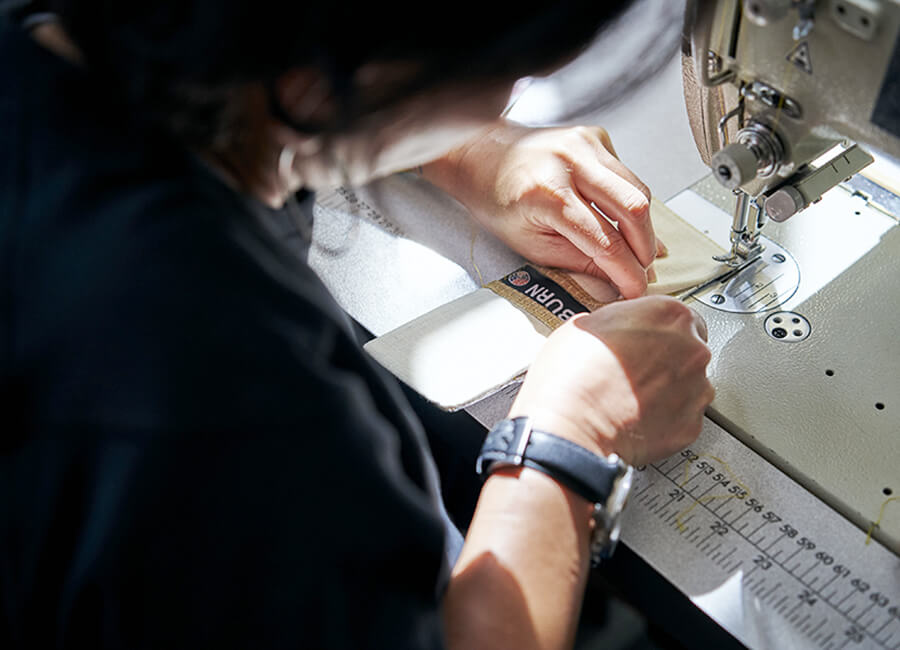
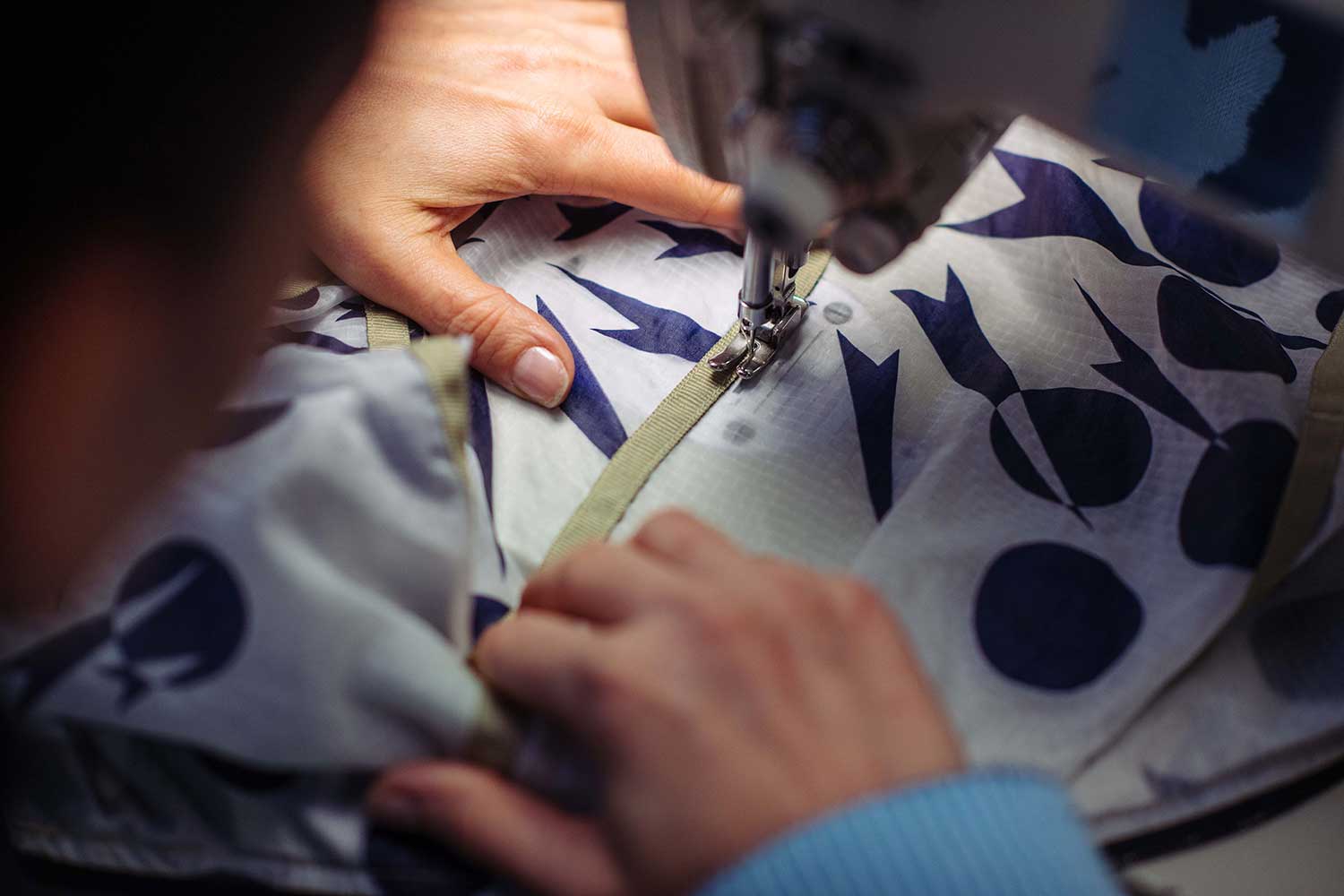
4. Empower sustainable practice
‘There’s so much of this conversation, not just at the CEO level, about how you empower creativity in the right way,’ says Raeburn. ‘There’s often not as much thought about – if that product is then going to last ten years longer than a cheaper product, how does that impact in a much more positive way? I would also say that part of the responsibility of any business owner now should be to allow enough area for experimentation, because quite clearly we can’t just continue doing what we have been doing, which as we know is very detrimental to the planet and to people often as well.’
5. Think holistically
‘As a CEO, your job is to look upstream in terms of the decisions you’re making, but then downstream in terms of how you can best futureproof and allow for growth, whatever that means – not necessarily financial growth – and how you can best empower your teams to do that,’ Raeburn summarises.
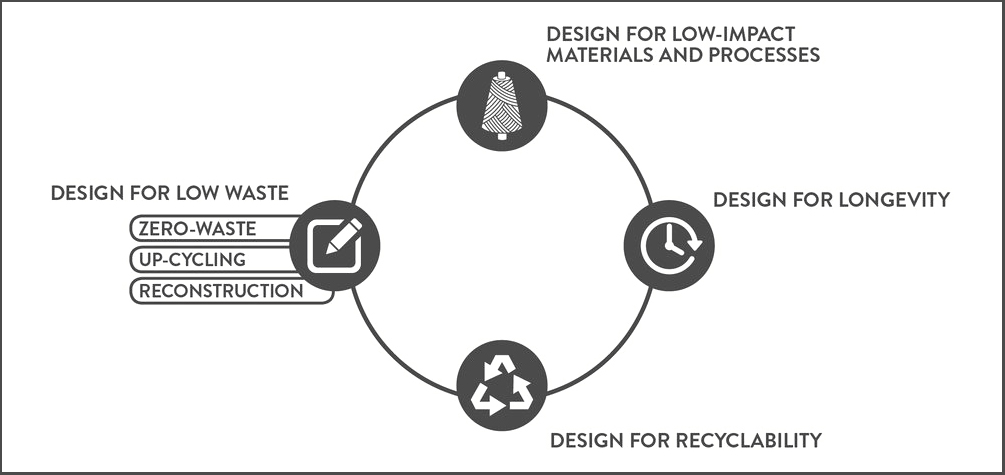
‘If CEOs go and visit the factories they use, and talk to the workers, empathise with the people who make their clothes feel secure that they are working in dignity and safety, and don’t just consider them a service that is somehow outsourced and not part of their responsibility, that would make a real difference,’ adds Blanchard.
Raeburn is keen to emphasize that there’s no silver bullet for sustainability. ‘There isn’t one thing that can change it.’
But there’s actually loads of little things you can do that can come together to make a difference: on-shoring your manufacturing, loaning and repairing products, designing them for disassembly. And all of these micro projects will make a difference incrementally.”
– Christopher Raeburn
Much of it, he suggests, comes down to common sense. ‘If you look Vivienne Westwood’s slogan – ‘buy less, choose well, make it last’ – it really goes back to that.’
